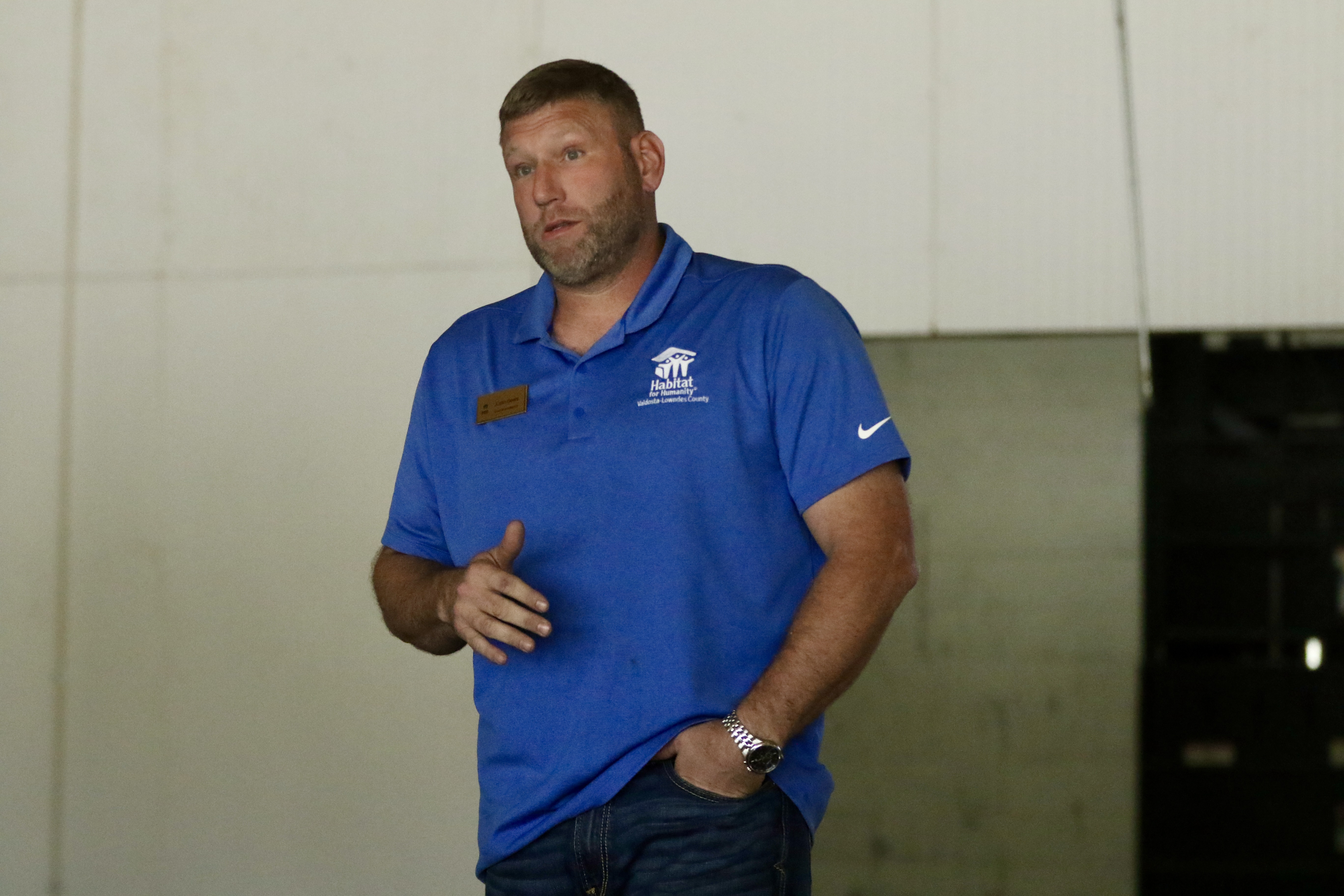Snakes: Tips for identifying area snakes
Published 6:30 am Thursday, June 4, 2015

- Snakes: Tips for identifying area snakes
VALDOSTA — “Snakes. Why did it have to be snakes?”
This quote, made famous by Indiana Jones, perfectly summarizes the feeling most people have toward snakes.
However, these creatures do not typically pose a threat and many are killed on sight, according to wildlife officials.
Many Georgians adhere to “the only good snake is a dead snake” quote without realizing that it is unlawful in the state to kill a non-venomous snake. The misdemeanor charge can come with up to $1,000 fine and one year imprisonment.
Out of the 46 species of snakes found in Georgia, only six are venomous, according to the Georgia Department of Natural Resources Wildlife Resources Division.
The Copperhead, Cottonmouth, Timber Rattlesnake, Eastern Diamondback Rattlesnake, Pigmy Rattlesnake and Eastern Coral Snake can all be found within the state with the DNR stating that, while all venomous bites should be addressed, only the Timber Rattlesnake, Eastern Diamondback Rattlesnake and Cottonmouth realistically pose a threat to human life.
Jim Ozier, program manager of the Non-Game Conservation Section of DNR, said snakes aren’t aggressive and usually won’t strike without cause.
DNR-provided statistics show of the 10,000 snakebites in the U.S. per year, only 12 to 15 result in death, which is a survival chance of 499 out of 500.
In contrast, the National Weather Service reported 372 deaths by lightning strikes from 2002 to 2012, averaging 37 deaths a year.
The Association of Poison Control Centers reported 20 snakebites during the same years, which averages out to two deaths per year caused by snakebites.
Ozier said education is key with snakes.
Killing every snake has negative ecological effects, including not controlling the population of such prey as rats.
The Action Nature Center notes that snake venom is medically important with proteins found in the venom used in pharmaceuticals to help treat cancer, heart disease and diabetes.
“People need to know that snakes are not something to be fearful of,” said Ozier. “It’s a huge almost ingrained fear that we should be able to overcome. Fear is not a sufficient justification for killing any snake.”
Based on information from the Nongame Conservation Section of the DNR, the Copperhead, Cottonmouth, Timber Rattlesnake, Eastern Diamondback Rattlesnake
and the Pigmy Rattlesnake are all classified as pit vipers.
Characteristics of these snakes include a heat-sensing “pit” between their eyes and nostrils, fangs that fold up
against the roof of their mouth, stockier bodies, vertical
pupila and a single row of belly scales.
A commonly misidentified snake is the Cottonmouth, also known as a water moccasin. It is assumed that any snake in the water is this species, which leads to the unnecessary deaths of many water snakes. Five species of large, non-venomous water snakes are found in Georgia.
The DNR publishes a brochure outlining the differences between water snakes and water moccasins.
This brochure informs the public that disturbed moccasins hold their ground or swim away with head elevated. Water snakes do not swim high on the water, do not elevate their heads and almost always flee by diving underwater.
Moccasins will also vibrate their tail when threatened or agitated, which is a trait not found in water snakes.
The Eastern Coral snake is classified as a Elapid, meaning it has fixed fangs.
Some of these details could arguably be considered too small to notice. However, the best course of action with any snake is to leave it alone.
The DNR heads some programs to take non-venomous snakes into schools to educate children on identifying snakes and proper actions to take when coming across a snake in the wild.
While adults and humans can be educated about snake safety, household pets are occasionally too curious with a snake, which can lead to a snake feeling threatened and striking.
The ASPCA Animal Poison Control Center suggests keeping yards tidy, keeping walkways clear, keeping pets on leashes when walking, and becoming familiar with snakes common in the area.
For more information and educational resources on snakes in Georgia, visit www.georgiawildlife.org/GeorgiaSnakes.





